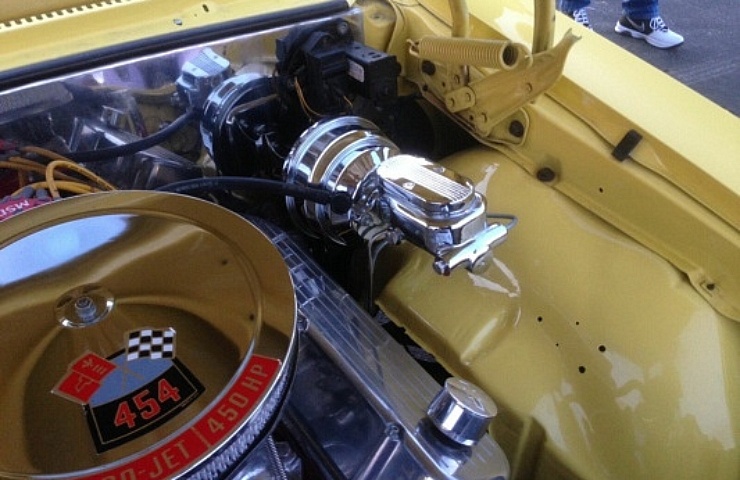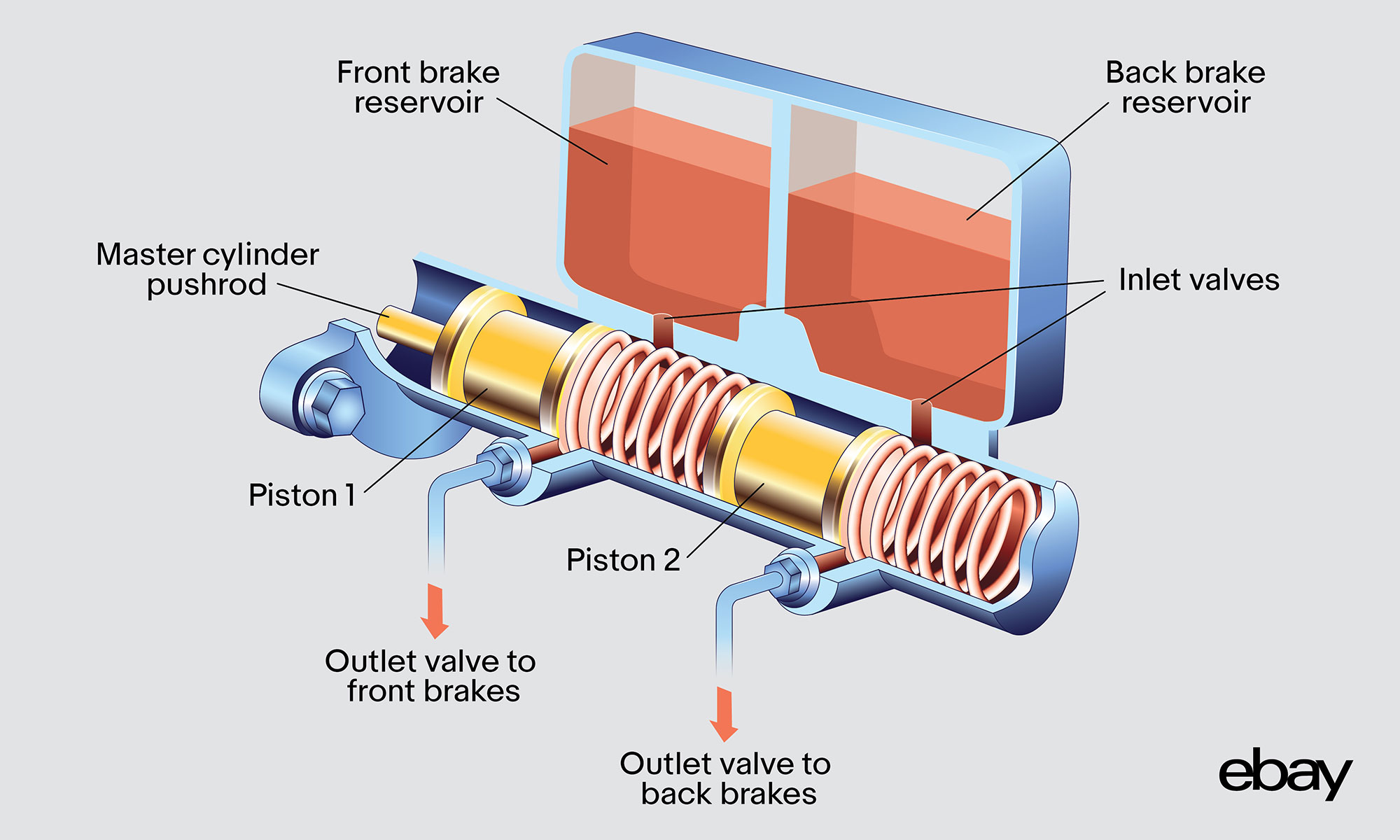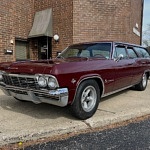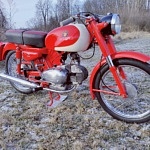Contents
What Is a Master Cylinder?
The master cylinder operates as a pump. When you step on the brake pedal, force is applied to the push-rod of the master cylinder piston. It pushes into two separate master cylinder chambers with lines running to both circuits.
When the pistons of the master cylinder move forward, hydraulic brake fluid is transferred, and pressure starts to build. This pressure causes the wheel cylinders or brake caliper pistons to operate, thereby stopping the wheels. When the driver releases the brake pedal, fluid moves back into the master cylinder reservoir through the lines. It remains there until you activate the brakes again.
Vehicles with disc brakes up front and drum brakes in the rear also utilize a proportioning valve. With this valve, more force is applied to the disc brakes than to the drum.
The dual master cylinder brake system contains two reservoirs instead of one. In some cases, the reservoirs are the same size. At other times, one can be larger than the other.
Shop now for master cylindersWith the introduction of a combination disc and drum brakes, it became necessary to split the master cylinder. That’s why, in 1967, the government mandated the dual-circuit brake system in any new vehicle. As a result, almost every car on the road today is equipped with this setup.
Why Is a Dual Master Cylinder Used?
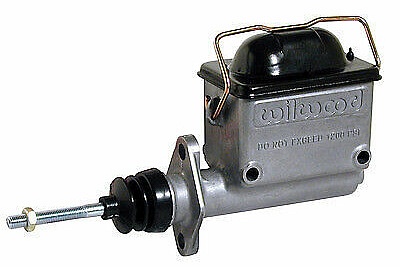
Wildwood single reservoir master cylinder
With a single reservoir master cylinder, pressure is applied to both the front and rear systems at the same level. If a failure occurs, the function of all the brakes is lost. Splitting the front and rear brakes into two systems reduces the chance of complete failure. With the dual master cylinder mounted on a vacuum brake booster, a leak will not cause the loss of all four brakes.
For example, if the front leaks, the proportioning valve stops fluid from reaching those brakes, so there’s still enough pressure for the other circuit. So, while the failure will create noticeable changes, the operator should still be able to stop the vehicle.
One reservoir may be much larger if a car has drum brakes in the rear. Drum brakes don’t require as much volume. The added space for fluid allows the disc brakes to be pushed harder.
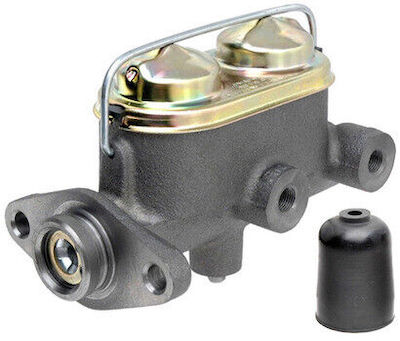
Raybestos dual master cylinder for AMC vehicles with front and rear drum brakes
The dual-circuit brake system isolates the rear hydraulic lines and components from the ones in front. So if the front brakes suffer a pressure loss, you can still rely on the back brakes to stop the vehicle.
A proportioning valve and metering valve are used if a vehicle has disc brakes on the front and drum brakes in the rear. This combination decreases the brake pressure going to the drums through high-pressure spikes during a panic stop, for example.
Shop now for master cylindersThe valves aren’t necessary for a vehicle with four-wheel drum brakes. Instead, the vehicle uses a dual master cylinder with separate lines to run the system.
Different Types of Brake Master Cylinders
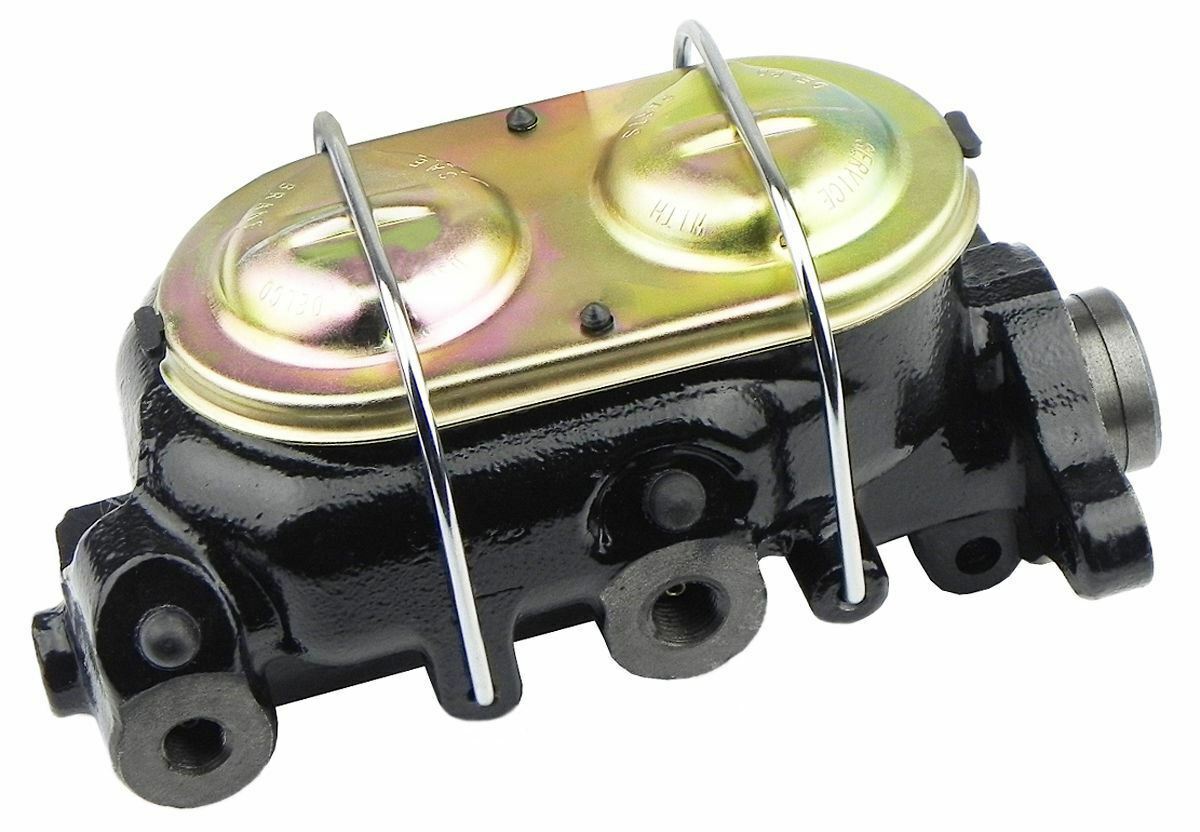
General Motors A-F-X body dual master cylinder
There are only two main types of brake master cylinders. Your vehicle may have a single or dual reservoir. As mentioned, the single brake master cylinder is not available on newer models.
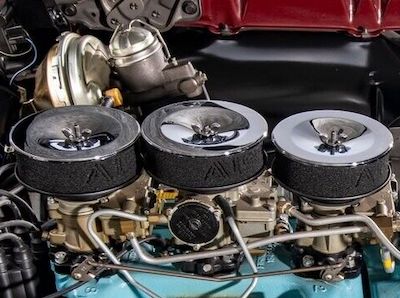
A single reservoir master cylinder hiding behind the Tri-Power carburetors in a 1965 Pontiac GTO
Here are the main differences:
- Single reservoir: One reservoir is used to supply both the front and rear brakes with a specified amount of fluid. When a failure happens, pressure on all four brakes can be disrupted, leading to massive loss.
- Dual reservoir: The dual reservoir or dual circuit master cylinder feeds the front and rear brakes separately. One reservoir section supplies fluid to the front brakes, while the other goes to the rear. This fluid is provided through separate brake lines. If one section of the braking system fails, it shouldn’t affect both the front and rear brakes with this design.
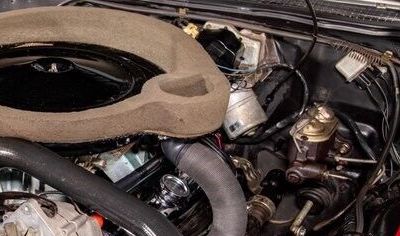
A dual reservoir master cylinder in a 1969 Ram Air III GTO
While all newer models have a dual reservoir system, there are different types. For example, some dual reservoir braking systems in high-performance vehicles are adjustable, allowing the driver to tweak its capability.
The design of every vehicle is unique, so it’s always best to reference the service manual to figure out the port configuration. You can also follow the lines from the reservoir to see where they go, although it can be a complicated procedure.
Shop now for brake linesIn many vehicles, the port toward the back of the master cylinder, closer to the firewall, operates the front brakes. With that in mind, the port toward the front of the master cylinder, near the front bumper, is the one that works the rear brakes. This design might seem backward, but it’s the standard layout.

